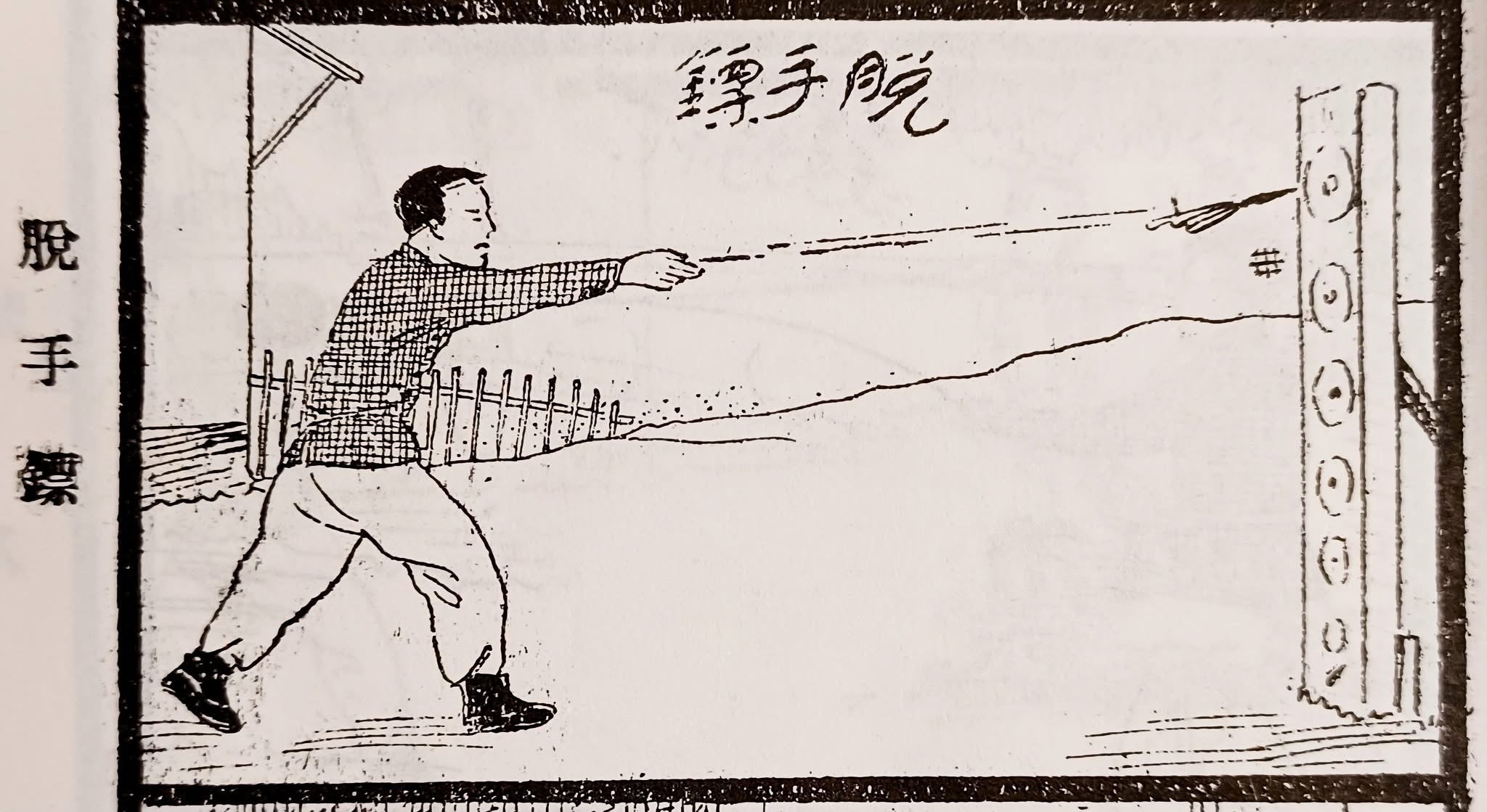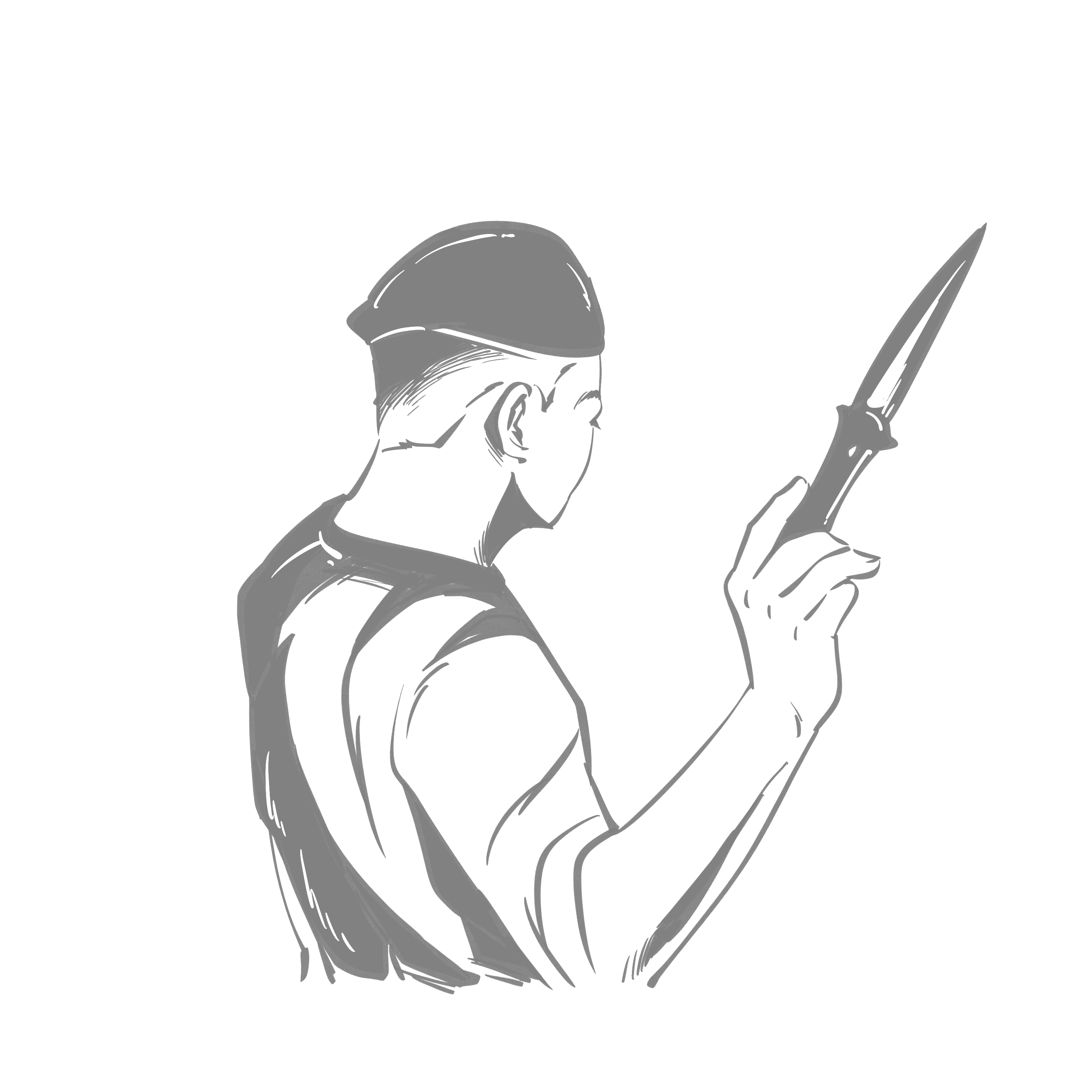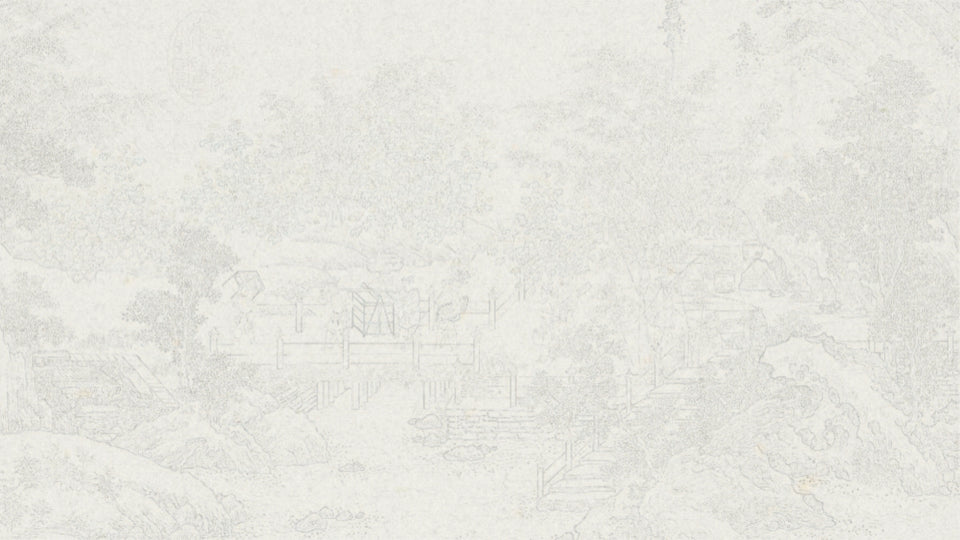The following is a description of Feibiao飞镖, with content sourced from two nearly century-old Republican-era Chinese books: The Secret Techniques of Practicing Hidden Weapons and The Complete Transmission of FEIBIAO, FEIDAO, and FEIJIAN: Hidden Weapons Anthology. The style of written Chinese from that period differs significantly from modern Chinese. After careful research and verification, our team has translated the following English description based on those original texts.
Special thanks to Chief Lao Qiu 酋长老秋 for providing the original source materials and related assistance.
As for the origin of the throwing dart (飞镖feibiao), it is difficult to determine precisely when it was first created, though it is known to have a long history, possibly dating back to the Tang or Song dynasties. According to accounts from dart masters in the northern provinces, the art of the throwing dart began in the Northern Song period. There was an old monk named Xingyuan, who in his youth traveled extensively through the Western Regions, meeting many extraordinary people and acquiring various rare and refined martial skills that differed greatly from those of the mundane world.
Later, he secluded himself in a temple in Zhongzhou忠州, Western Shu (modern-day Chongqing), where he devoted himself to deep study and refinement of these techniques, eventually achieving a state of mastery after more than ten years. He fused and innovated the skills he had learned, creating methods both miraculous and unpredictable.
At the time, power in the imperial court was held by corrupt ministers, and the affairs of the state fell into disorder. The monk foresaw the coming upheaval and, carrying his unique skills, traveled throughout the Central Plains in search of worthy talents to whom he could pass his knowledge, preparing for the future needs of the nation.
While in the Central Plains, he met Zhou Tong周同 — a humble, courteous, and diligent student who showed great potential as a teacher of others. To him, the monk passed on the art of spear fighting. In Anhui province, he encountered Zhao Gui 赵归, a man of unparalleled bravery and bold, straightforward character, and taught him the art of the saber. Then in Jiangnan, he met Yu Quan 余全, a lively, clever individual with exceptional hand-eye coordination, to whom he imparted the techniques of the throwing dart.
At that time, Zhou's spear, Zhao's saber, and Yu's throwing dart were together regarded as the "Three Peerless Arts," with their practitioners revered as kings of their respective skills. Though this tale resembles a storybook legend and cannot be taken as verified historical fact, it nonetheless confirms the existence of the throwing dart as a weapon in that era.
In the Ming dynasty, according to records of General Qi Jiguang’s rattan shield troops, it is noted that each shield carried two "biao qiang"镖枪 (dart spears) attached behind it, along with a waist saber. The term "biao qiang" here refers to a variant of the throwing dart, indicating that such weapons were in military use at the time.
By the Qing dynasty, dart-throwing techniques reached their peak. During the reigns of Emperors Kangxi康熙 and Qianlong乾隆, martial heroes from the northern regions who were famed for their dart skills were too numerous to count. At that time, transportation and travel largely relied on land routes, with bandits and outlaws frequenting every region. Merchants and travelers carrying valuables had no choice but to hire skilled martial artists for protection, giving rise to escort agencies (biaojü镖局).
Martial artists specializing in escort work were known as "biaoshi"镖师 (armed escorts), who were not only proficient in standard combat skills but also especially well-versed in the art of throwing darts. As a result, dart-throwing techniques flourished. Notable figures such as Huang Santai黄三太, famed for his Golden Darts, and Zou Yongkuan邹永宽, known for his unique family style, were widely respected in the martial world.
Even in modern times, despite the prevalence of firearms, mastering dart-throwing techniques remains a valuable skill for self-defense, offering effectiveness no less impressive than that of a handgun in critical moments.
There are two main types of throwing darts (Biao).
One type has a cord approximately 1 to 2 zhang丈 in length (3.3 to 6.6 meters) attached to the end of the dart. When throwing, the practitioner holds the end of the cord in the left hand and loosely grips the part near the dart with the right. The dart is swung gently at first and then released. This is called a soft-handle dart (Ruanba Biao软把镖). However, this method is rather cumbersome and awkward. Apart from street performers using it for show, few serious martial artists practice this technique.
The other type, known as Feibiao飞镖 or Tuo Shou Biao 脱手镖 (loose-hand dart), has no attached cord. The dart is held directly in the hand and thrown by wrist force alone.
In ancient times, the size and weight of Feibiao were not standardized. As different styles emerged, the dimensions varied according to the practitioner’s strength and personal preference.
According to traditional specifications, a standard dart measured 3 cun寸 6 分 (approximately 12 cm) in length and weighed 6 liang (approximately 190 grams). The front section was triangular, tapering toward the tip, with three raised ridges. The two side faces were equal in width, while the underside was slightly broader, called the base (the gripping point).
The tip was known as the Biao Jian 镖尖 (dart point), while the rear end was cylindrical with a flat surface, called the Biao Gen 镖根 (dart base). The base was typically wrapped with red and green silk strips, known as Biao Yi 镖衣 (dart dress), both for visual effect and to catch the wind during flight, stabilizing the dart’s trajectory—similar to arrow fletchings.
Some darts were used without Biao Yi, but only those with superb skill could accurately throw them, as without the stabilizing cloth, darts were harder to control in flight.
In ancient times, darts were carried in slots (Cao槽) made of soft leather, double-layered, with narrow stitched gaps in between for inserting individual darts, much like modern military cartridge belts. A typical slot held 12 darts, including one full-conical dart called the Jue Biao 绝镖 (desperate dart), only to be used in life-or-death situations.
Later, dart slots were replaced with dart pouches (Biao Nang 镖囊), hung on the left waist for greater convenience.
Some darts were coated with poisons. The mildest of these was called the “lifelong festering dart” (Chou Lan Yi Sheng Biao). A wound from this dart would never heal, festering and emitting a foul odor with continual discharge of pus for life.
A more severe type was the “Nine Deaths One Life Dart” (Jiu Si Yi Sheng Biao). Victims would suffer unbearable pain; without swift treatment, death would follow within seven days. The prescribed cure involved drinking carp broth and applying Eight Treasures Detox Powder externally, covered with Five Fortunes Detox Paste to avert death.
The deadliest was the “Instant Death Dart” (Qing Ke Zhui Ming Biao), which would cause death upon contact with blood — sealing the throat immediately, leaving no possible remedy.
These poisoned darts were cruel and unscrupulous, and thus virtuous martial artists strictly forbade their use.
The steel used for darts had to be meticulously selected. The best-quality steel was forged into pure refined steel, and then crafted into shape. Only then could the dart achieve the necessary sharpness and hardness to pierce even heavy armor.
Over time, dart shapes and weights evolved according to the preferences and abilities of individual martial artists. Some were spindle-shaped, others conical, and others pentagonal. These variations made little difference; practitioners would select according to their preference.
The length and weight depended on the thrower’s wrist strength and technique. Those with quick, agile hands could use longer darts smoothly, while clumsy throwers found them difficult to handle. Those with strong wrists could manage heavier darts effortlessly, while those lacking strength struggled with heavy darts and lost accuracy.
Traditional standards stipulated that darts should not exceed 5 cun (16.65 cm) in length or 9 liang (281.25 g) in weight. One should select equipment appropriate to its purpose rather than chasing oddities or showy extravagance.
In early practice, darts were fitted with Biao Yi 镖衣 to stabilize aim and reduce deviation. These were made from two small silk squares overlapped diagonally and fastened to the dart’s base. Fine, light silk was essential to catch the wind effectively. Coarse cloth was unsuitable, as its stiffness disrupted airflow, causing instability and missed throws.
Traditionally, Biao Yi were made in red and green, though darker, less conspicuous colors were preferred in combat, as bright hues might catch an opponent’s eye and reveal the attack.
Experienced practitioners often marked their dart bases with personal symbols, names, or engraved motifs — such as birds, flowers, fish, or insects — representing their identity. Even when using hidden weapons, martial artists would leave their mark, honoring their reputation and principles while denying enemies the chance to retaliate anonymously. This was a mark of integrity and chivalry deeply valued within the martial arts community.

Picture from gongzhonghao 'dongshanguoshu'
🌟凿齿 Throwing Dart is designed and crafted as a physical reconstruction of above ancient records.
https://youtu.be/E5NJ2C5pi6Q?si=VRI7Gnr_7e1qp34c
🌟Above link is a video presence from TEDOJO about throwing dart, by Tianyi Zou



